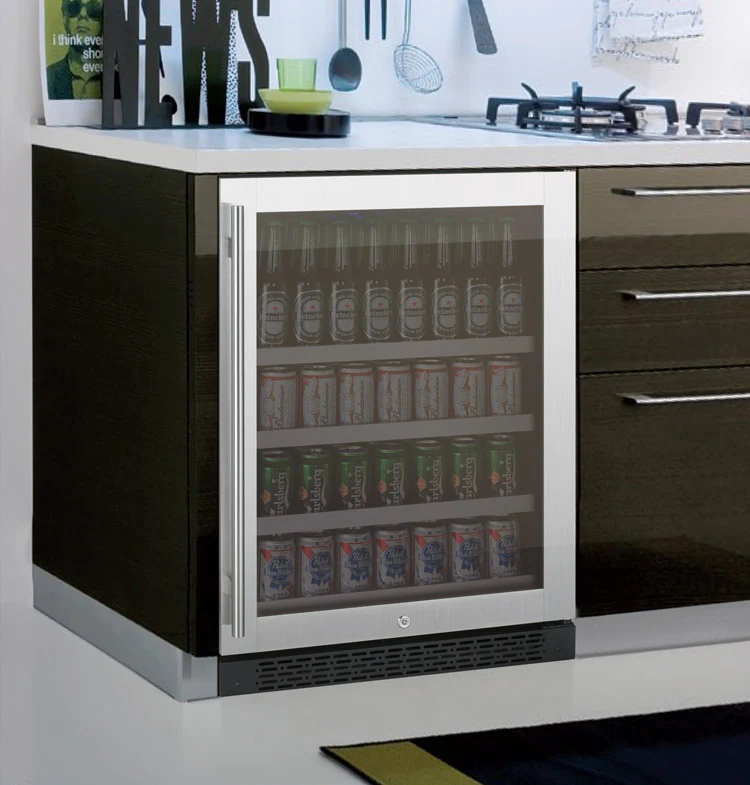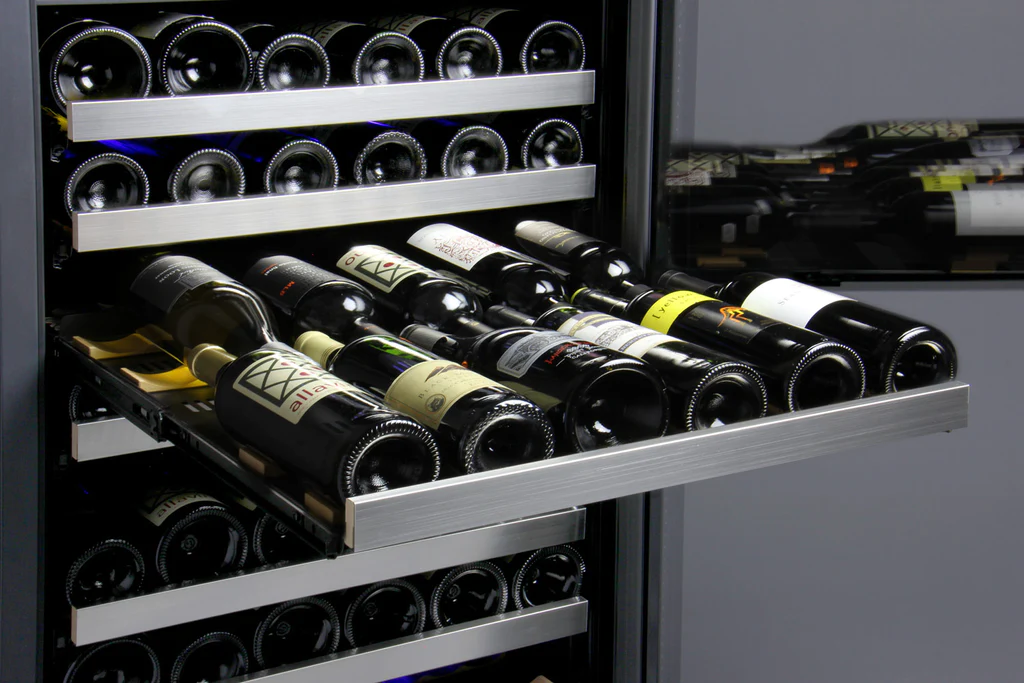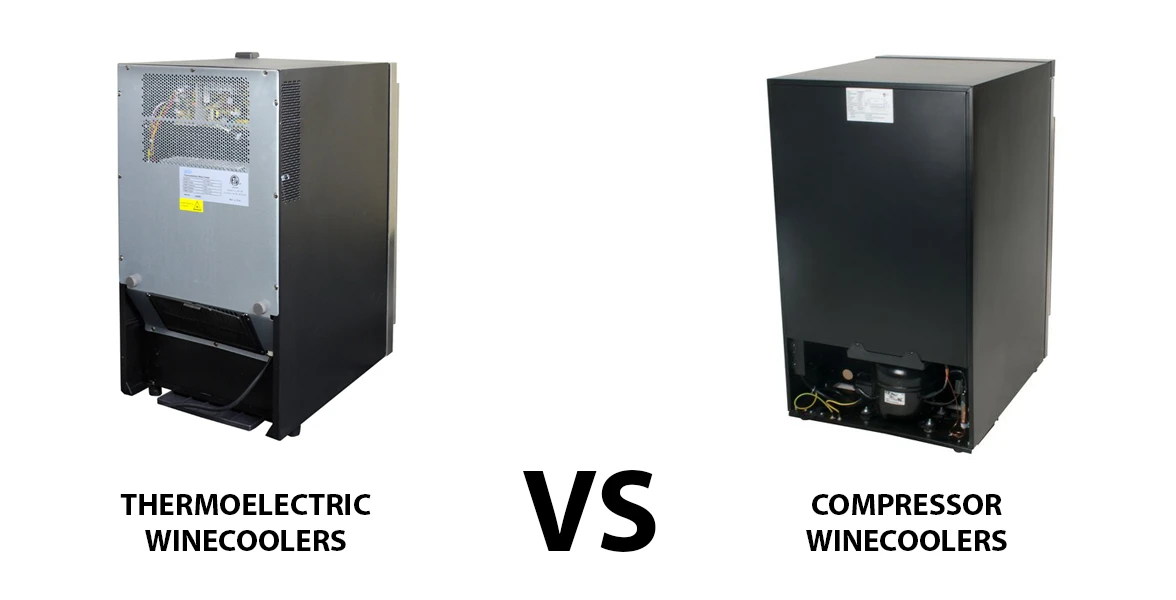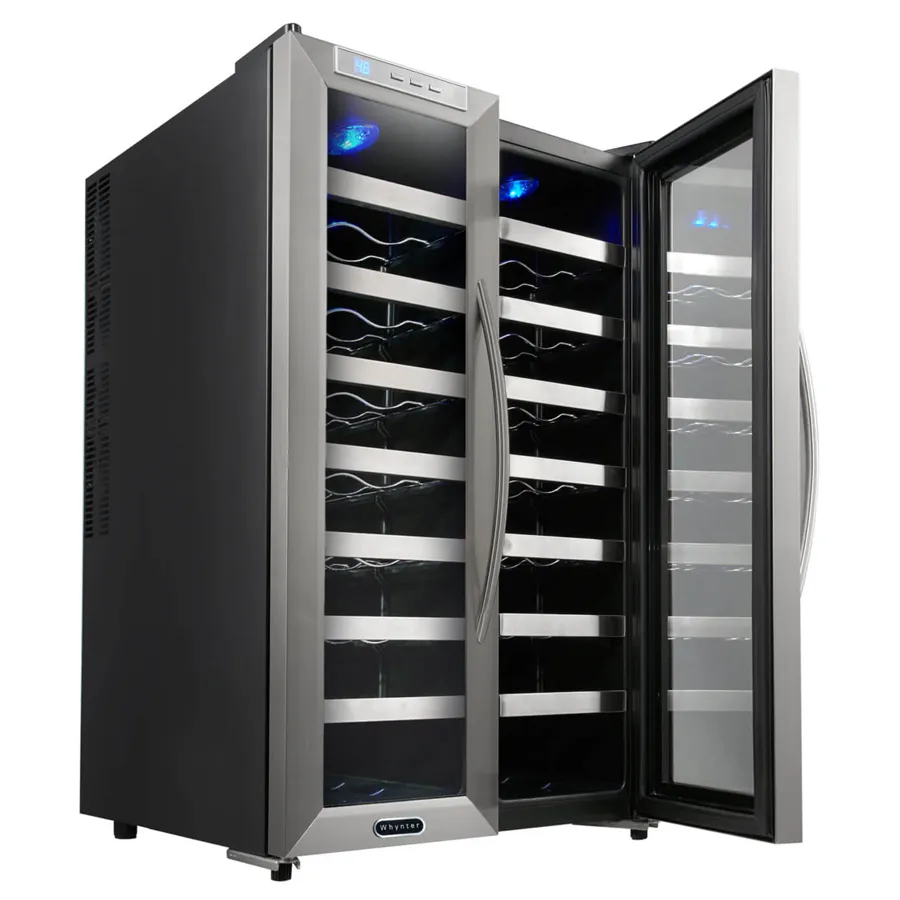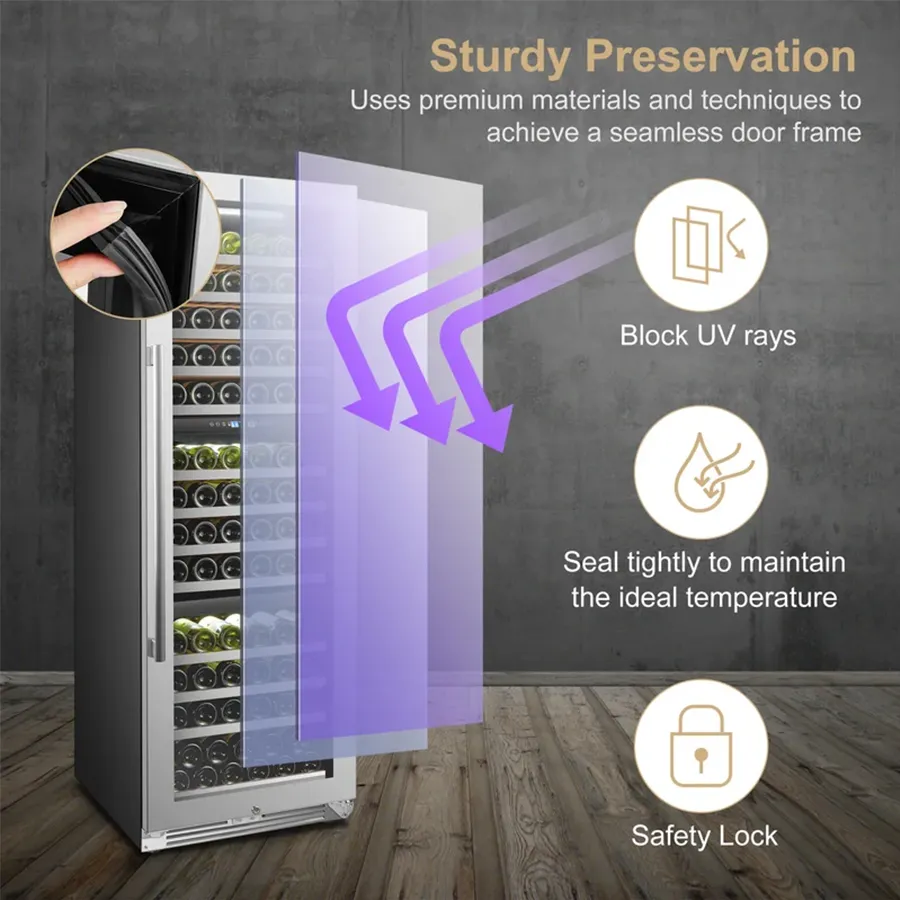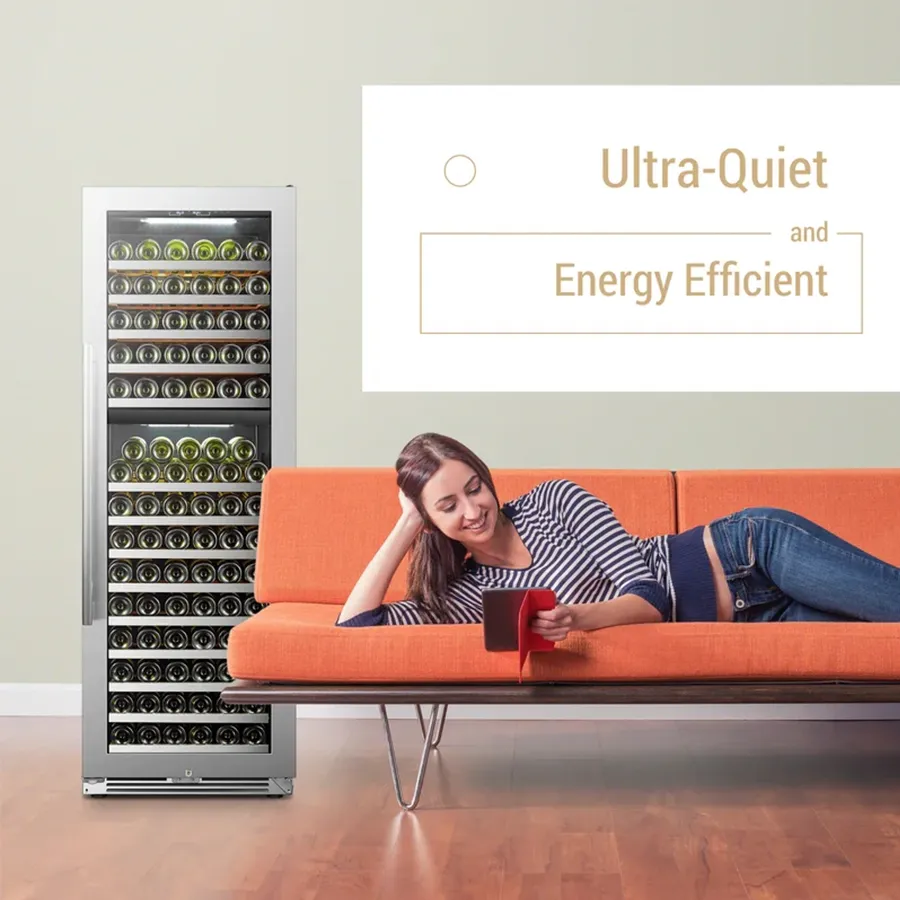True wine connoisseurs are aware of the subtle art of wine storage, which the average wine drinker is unaware of. Wine can lose quality due to improper storage conditions, such as temperature, humidity, and light exposure. It’s true that red wines are more commonly aged, but white wine enthusiasts will also benefit from knowing how to properly store their collection. There are some specific differences in storing white wine that you should be aware of, despite the fact that many general guidelines for storing wine apply to all types of wine.
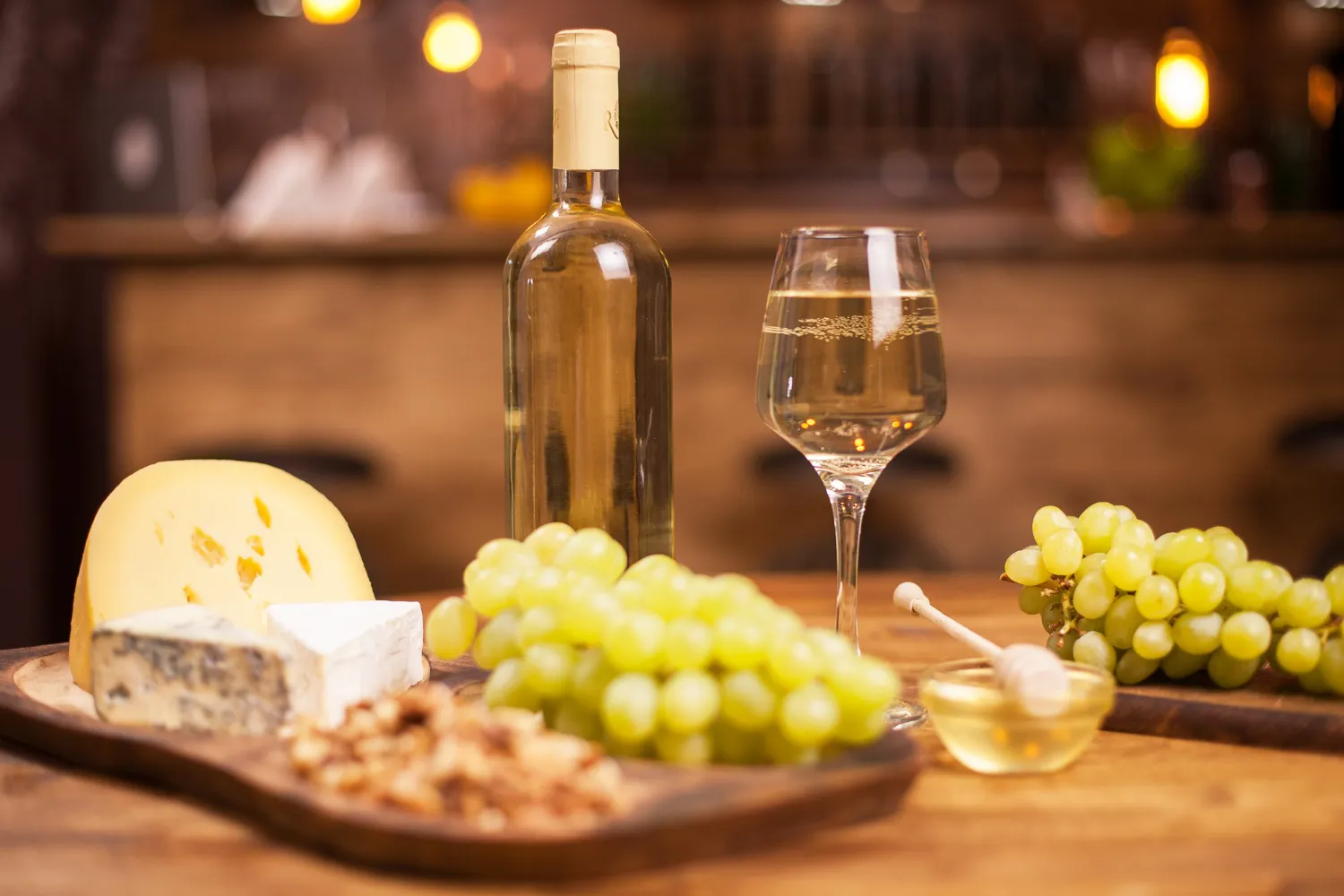
The Ideal Temperature for Most White Wines:
White wines benefit greatly from being chilled in wine coolers because their delicate flavors, aromas, and textures are preserved. It is essential to keep white wines at a constant and cool temperature when storing them. In general, white wines are best served between 45 and 55 degrees Fahrenheit (7 and 13 degrees Celsius). Wines can age gracefully within this temperature range without having to worry about rapid oxidation or spoilage.
=> Read More: Wine Cooler Temp For White Wine: Light, Full-Bodied,…
List of some common white wine varietals and their ideal storage temperatures:
| White Wine Varietal | Ideal Storage Temperature (°F) | Ideal Storage Temperature (°C) |
|---|---|---|
| Chardonnay | 50-55°F | 10-13°C |
| Sauvignon Blanc | 45-50°F | 7-10°C |
| Riesling | 45-50°F | 7-10°C |
| Pinot Grigio/Pinot Gris | 45-50°F | 7-10°C |
| Gewürztraminer | 45-50°F | 7-10°C |
| Chenin Blanc | 45-50°F | 7-10°C |
| Viognier | 50-55°F | 10-13°C |
| Moscato | 45-50°F | 7-10°C |
| Albariño | 45-50°F | 7-10°C |
| Grüner Veltliner | 45-50°F | 7-10°C |
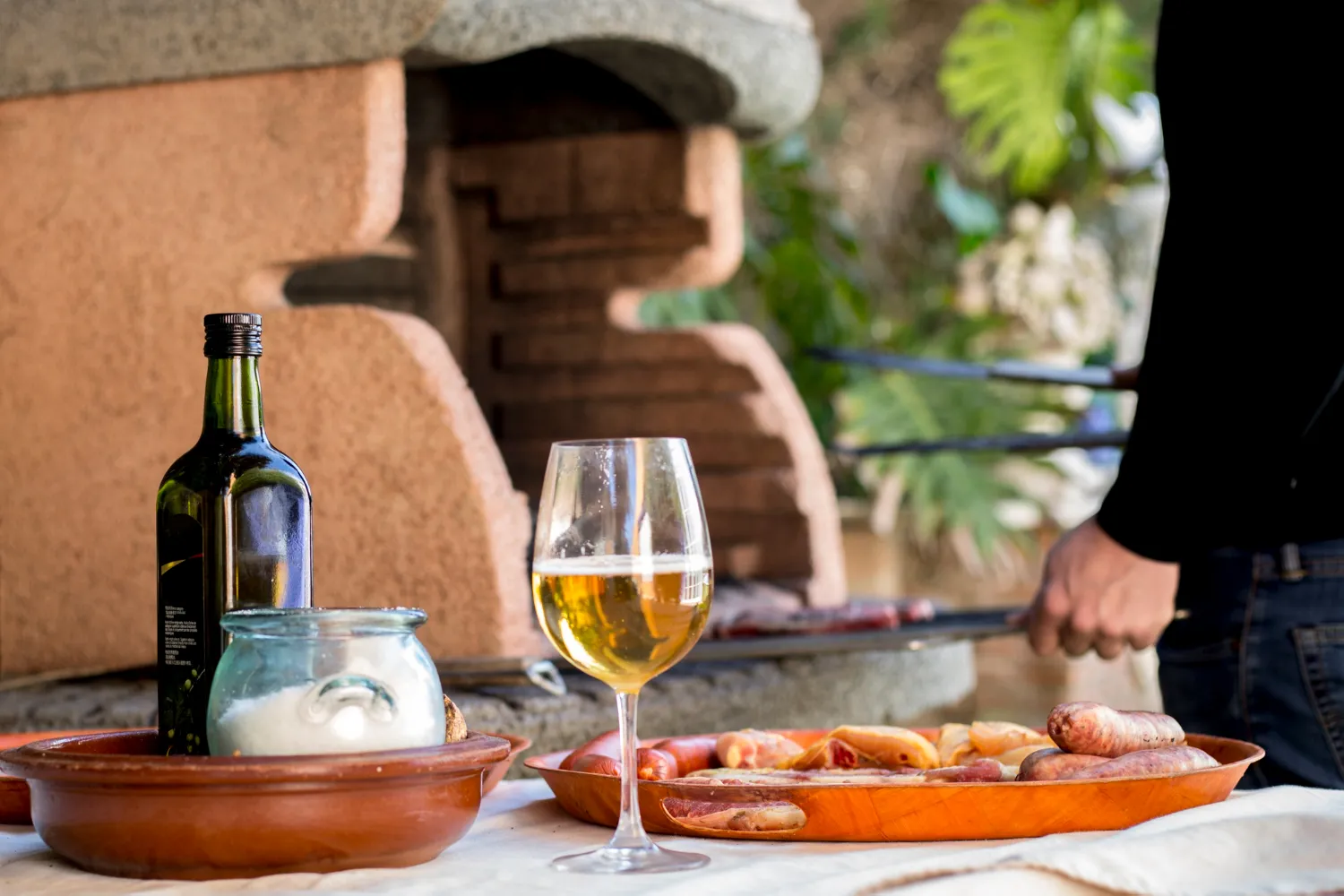
Extreme heat is harmful to wine. Above 80 degrees Fahrenheit, wine will start to “cook,” and above 90 degrees Fahrenheit, it will be completely ruined. A wine cellar or wine cooler provides the ideal environment for storing wine at the ideal temperature and humidity levels. You can hasten the wine’s premature aging if you keep it in a room where the temperature rises and falls drastically. White wines are less sensitive to temperature fluctuations than red wines are, but it is still important to avoid daily temperature swings of more than 5 degrees Fahrenheit when storing white wine.
In addition, Temperature fluctuations will affect the cork and can allow air to get into your wine bottles. As the temperature warms up, the wine and air in the bottle warms up and expands. When this expanded air reaches the cork, it will either shift the cork or seep past it. When the air cools again, the bottle will contract, which will draw oxygen into the bottle. If fluctuations occur often, this can cause a lot of air to come into contact with your wine.
Choose the Right Cooling Technology
Different wine coolers employ various cooling technologies. The two main types are compressor-based coolers and thermoelectric coolers.
- Compressor-based coolers use a refrigerant and a compressor to cool the internal temperature. They are more powerful and suitable for larger wine collections or if you live in an area with high ambient temperatures.
- On the other hand, thermoelectric coolers use a solid-state device to create a cooling effect. They are quieter, have fewer moving parts, and are generally more energy-efficient. Consider your specific needs and preferences to determine which cooling technology is best for you.
=> Read More: Compressor vs Thermoelectric Winecooler: Which Is Better
Store Wines Bottles Horizontally
By storing your wine horizontally, you can ensure that the cork remains moist and expanded, creating a tight seal. This prevents any unwanted oxygen from sneaking into your precious bottle and compromising its flavor. Plus, it’s a great way to organize and display your collection, making it easy to choose the perfect bottle for any occasion.
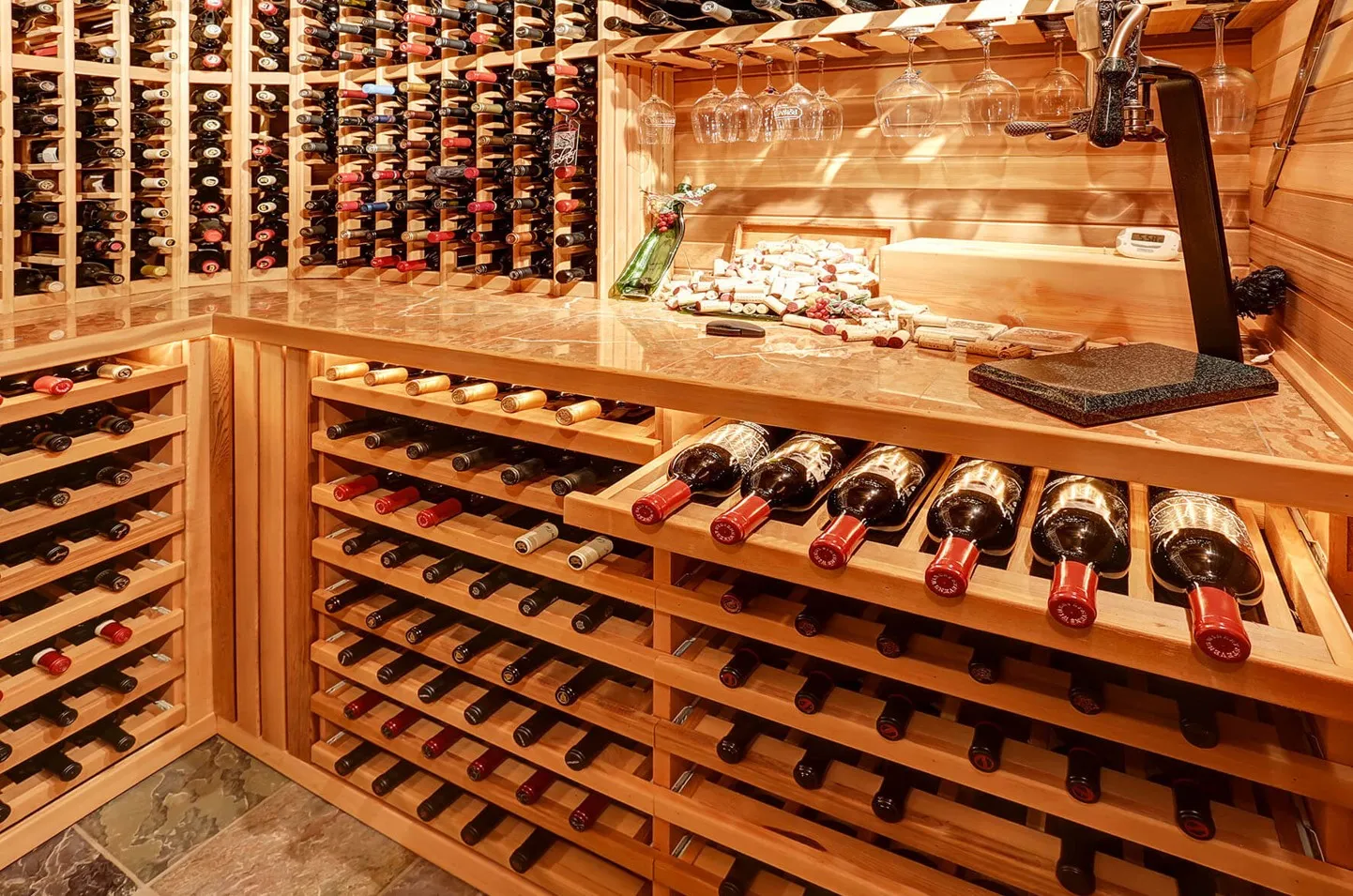
Horizontal storage of wine keeps the cork moist and extended, allowing for a more secure seal. By doing so, you ensure that no oxygen can enter your bottle and ruin its flavor.
Did you know that many liquor stores have been storing their wine bottles incorrectly all along? It turns out that keeping the bottles upright is actually not the proper way to store them. Instead, wines should be stored on their sides to ensure that the wine stays in constant contact with the cork. Why is this so important, you may wonder? Well, when the wine is not in contact with the cork, there is a risk of the cork drying out and shrinking. This may not seem like a big deal, but it can have a significant impact on the quality and taste of your wine. As the cork shrinks, it can expose the wine to air, causing it to oxidize prematurely. Nobody wants their perfectly aged bottle of wine to turn into vinegar, right?
About Humidity Levels in Wine Coolers
The proper storage of white wines depends on keeping the humidity at just the right levels. Selecting wine coolers with humidity control features is one way to keep your wine in tip-top shape. These refrigerators produce an atmosphere that prevents the corks from drying out and the wine from oxidizing. If you want to keep your wine in tip-top shape, you should keep it in a cool, dark place with a relative humidity of 60–80%. It is important to keep both ends of the cork from drying out, so storing wine bottles on their sides is a good option. Preventing cork from drying out is as simple as keeping a steady relative humidity.
If the relative humidity is above the recommended level, your wine and its cork will be fine. However, since increased humidity can be a fertile ground for the growth of mold and mildew, it is important to keep a close eye on the growth of mold and mildew in your storage area or on wine labels.
Keep Wines in the Dark
White wine should be kept out of direct sunlight for optimal storage conditions. Soft light is generally safe, but too much exposure to sunlight can be disastrous. Light, especially at low wavelengths, can destroy the complex molecules that give wine its individual flavor. Since most wine bottles are made of transparent glass, protecting white wine from light is essential.
When storing wine, dark-colored glass bottles are preferable because they provide some protection from light exposure. However, it’s important to remember that many white wines are bottled in clear glass, which can cause them to fade over time. Therefore, these delicious alcoholic beverages should be stored away in a cool, dark place. To reduce light exposure, pick a wine cooler with UV-resistant glass or a solid door. And try to keep your wine cooler out of direct sunlight in a darkly lit room.
Avoid Vibrations
Preserving the quality and flavor of your cherished wine collection requires more than just the right temperature and humidity levels. Vibrations, although often overlooked, can significantly affect the chemical reactions within the liquid, potentially compromising the taste and aging process. While concrete evidence of minor vibrations causing irreversible damage is scarce, it is best to err on the side of caution by storing your wine in a stable location. If you are concerned about the impact of vibrations

